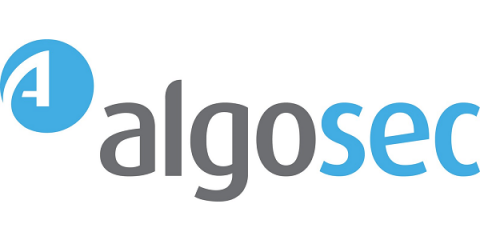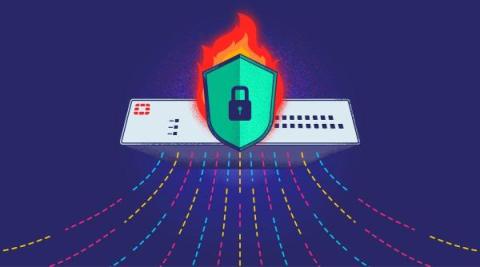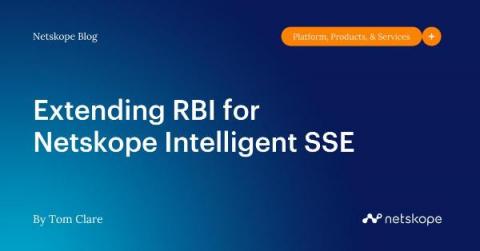Resolving human error in application outages: strategies for success
Application outages caused by human error can be a nightmare for businesses, leading to financial losses, customer dissatisfaction, and reputational damage. While human error is inevitable, organizations can implement effective strategies to minimize its impact and resolve outages promptly.










